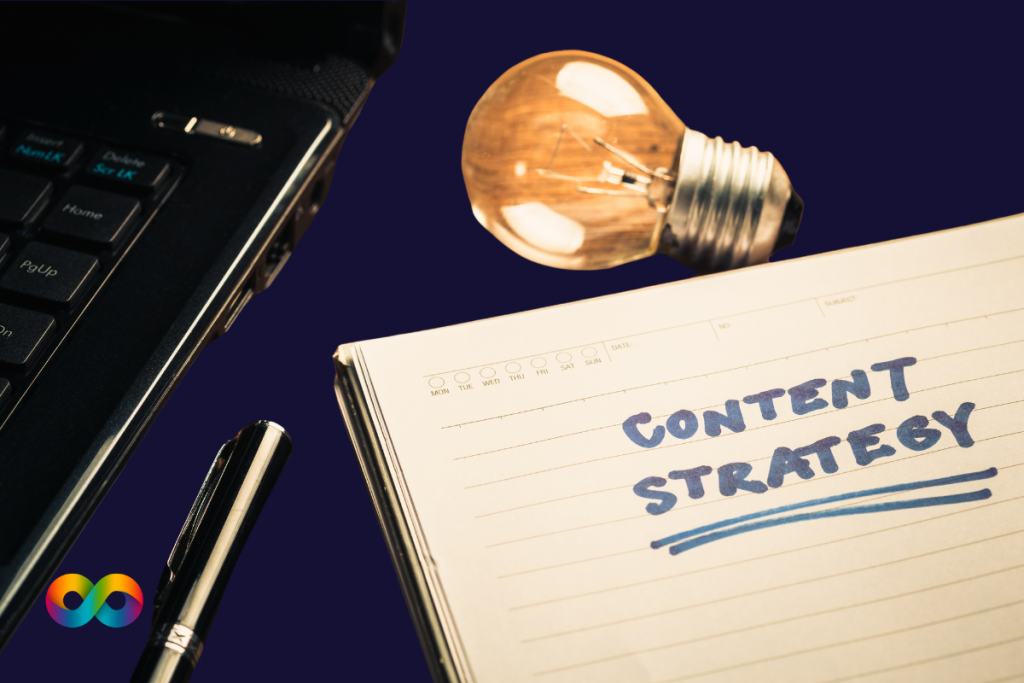Crafting compelling content for your website is more crucial than ever. Engaging content can transform passive readers into active participants, increasing the time they spend on your site, boosting your SEO rankings, and, ultimately, driving conversions. Whether it’s through captivating blog posts, persuasive product descriptions, or enticing landing pages, the goal remains the same: capture and hold the attention of your audience. Here are strategies to help you create engaging content that resonates with your visitors.
1. Understand Your Audience
Before you type a single word of website content, you must know who you are writing for. Who is your target audience? What are their interests, needs, and pain points? Use surveys, social media interactions, and analytics to gather insights. Tailoring your content to meet the specific preferences and requirements of your audience increases its relevance and appeal.
2. Master the Art of Storytelling
Stories have the power to engage emotionally and cognitively. When crafting your content:
- Introduce relatable characters: This could be the customer, your company, or even the product itself.
- Create a narrative arc: Present a problem, escalate it, and then provide a resolution. This keeps readers engaged and encourages them to read through to the end.
- Include a moral or conclusion: Ensure there’s a takeaway or call-to-action (CTA) that guides what you want the audience to do next.
3. Focus on High-Quality Content
Quality is key in all forms of website content:
- For blog posts: Provide valuable information that is well-researched and fact-checked. Use headers, bullet points, and short paragraphs to make the information digestible.
- For product descriptions: Highlight benefits, not just features. Use sensory words to help users visualise and emotionally connect with the product.
- For landing pages: Be clear and concise. The value proposition should be immediately apparent.
4. Optimise Formatting and Structure
The structure of your website content plays a significant role in retaining the reader’s interest. Use:
- Headings and subheadings: These break up the text and guide the reader through the sections.
- Bullet lists and numbered lists: These are excellent for readability and can help emphasise important points.
- Short paragraphs: Large blocks of text can be intimidating. Short paragraphs encourage reading and comprehension.
5. Incorporate Multimedia Elements
Multimedia can enhance the user experience, break monotony, and provide additional ways to absorb information:
- Images: Use high-quality images that add context to your content. They should serve a purpose, not just fill space.
- Videos: Especially useful for demonstrations or to convey a message more dynamically. Ensure they are of high quality and have text alternatives like captions or a transcript.
- Infographics: These are great for presenting data or processes in a visually engaging way.
6. Optimise for SEO
While SEO should never compromise the quality or readability of your content, it’s essential for ensuring your content reaches its intended audience:
- Keyword research: Identify what terms your audience is searching for and incorporate these into your content naturally.
- Meta descriptions and title tags: These should be compelling and include main keywords to improve click-through rates from search engine results pages.
- Internal linking: Link to other relevant content on your site to encourage deeper exploration and improve SEO.
7. Regular Updates and Revisions
The internet is always evolving, and so should your website content. Regular updates to your site’s content can keep it relevant and engaging. This might mean updating statistics in your blog posts, revising product descriptions, or refining landing pages to improve conversions.
Crafting compelling content for your website doesn’t just happen; it requires intention, creativity, and strategic planning. By understanding your audience, mastering storytelling, optimising formatting, and embracing multimedia, you can create content that not only engages but also converts. Remember, the best content delivers the right message, at the right time, to the right audience.
Need help with your website? Please get in touch


